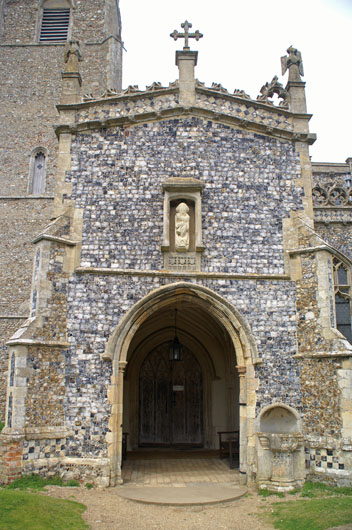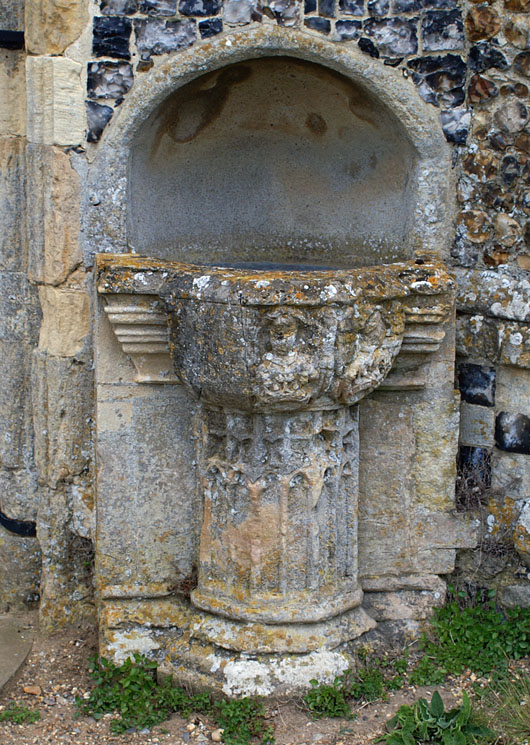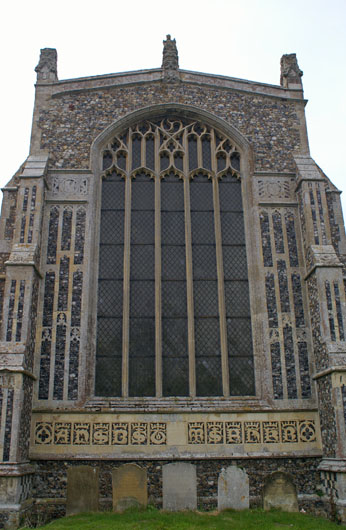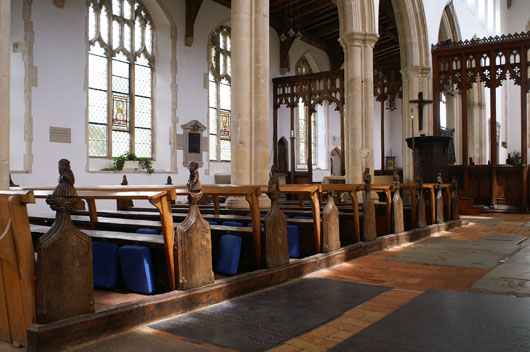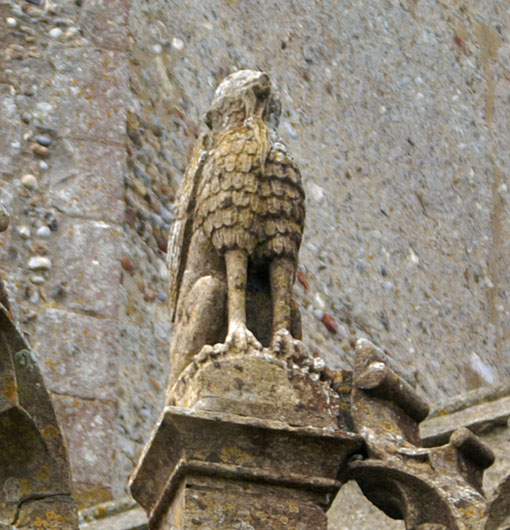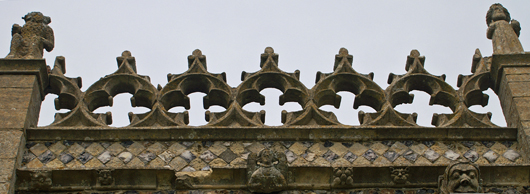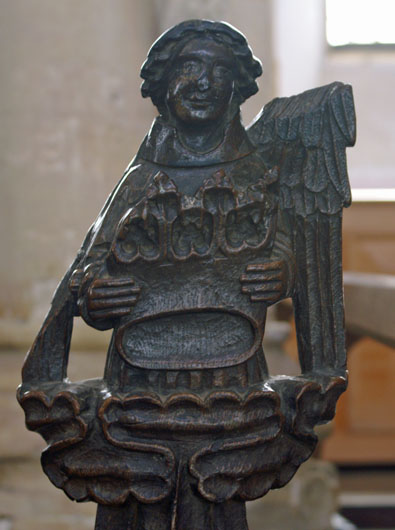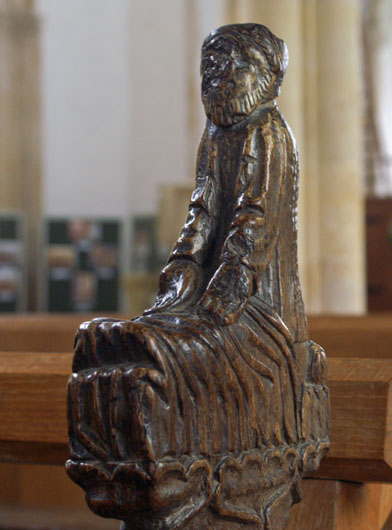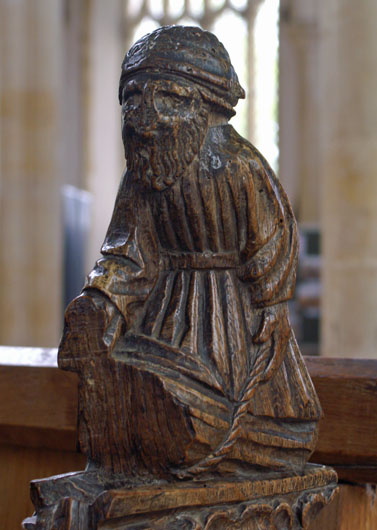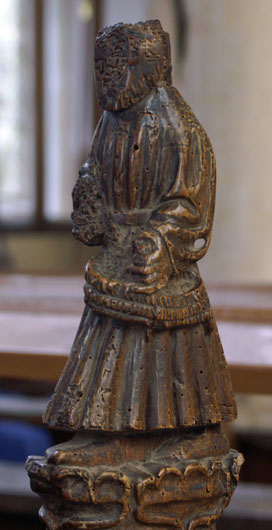|
|
||||||||||||||||||||||||||||||||||||||||||||||||||||||||||
|
Please sign my Guestbook and leave feedback |
||||||||||||||||||||||||||||||||||||||||||||||||||||||||||
|
Recent Additions |
||||||||||||||||||||||||||||||||||||||||||||||||||||||||||
|
Dedication : Holy Trinity Simon Jenkins: *** Principal Features : Poppyhead benches. Angel roof. |
Blythburgh - pronounced “Blyboro” - is one of those huge flint and flushwork gothic churches that are so characteristic of Suffolk. Visible from long distances across the salt marshes, Blythburgh Church resembles a great ship that has somehow been washed up in a storm from nearby Southwold. Looking at the history of this site, we find those c7 warrior kings of ancient England popping their heads up again. In this case, The pagan King Penda of Mercia defeating Anna, the first King of the East Angles, at the Battle of Bulcamp on the Blyth estuary. Penda also played a significant, albeit similarly indirect, role at Castor Church in Cambridgeshire. Anna and his son are believed to have been interred at a much earlier church here. The Domesday Book shows Blythburgh as a royal burgh and having one of the richest churches in Suffolk. The Prior of an adjacent Augustinian house was granted the right to build a new church - the one we see today - in 1412. Blythburgh did not enjoy good fortune. The Dissolution of the Monasteries left the church without the support of a priory. The Civil War led to some of the “idolatrous” images being removed from the church, although it seems to have been spared gratuitous destruction. There followed 200 years of neglect and decay, culminating in closure for safety reasons for a short period in c19. Only in 1881 was a restoration fund started and Blythburgh could begin its long road back to the magnificent structure - and largely unchanged - structure we see today. |
||||
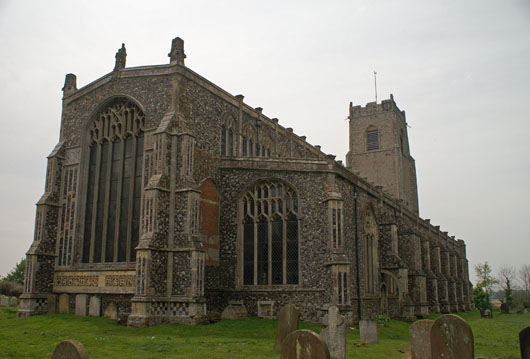 |
|||||
|
Structurally, we are able to marvel at the space and light and a near-complete perpendicular church but not, in truth, at very much else. As with nearby Ufford, however, it is the furnishings that provide the interest. The bench poppy heads are great fun and largely intact. We can even see the Seven Deadly Sins laid out to provoke our guilt! There is a lovely roof with original paint and angels. There is a “Seven Sacrament Font” (the seven Christian ceremonies - such as Baptism- that brings one “nearer to God”) but it was totally defaced. There are some fine and fierce looking creatures standing guard on the church roof. Finally, I have to mention the story that in a great storm of August 1577 lightning “cleft the door” and caused sundry other damage as well as, it is said, claiming the lives of two people. The burn marks are still on the door, and there are those then and now who prefer to them as the handmarks of the Devil.... |
|||||
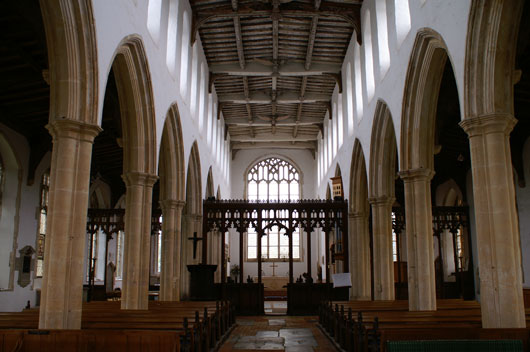 |
 |
|
|
 |
|
|
|
||||||||||||||||||||||||||||||||||||||||||||
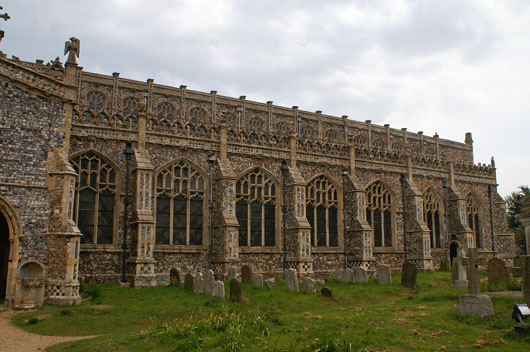 |
|||
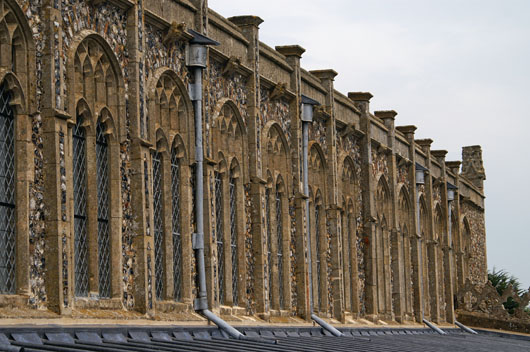 |
|||
|
The extraordinary clean uninterrupted architectural lines of the nave and chancel. Perhaps it was the years of neglect that legislated against the usual temptations to add side chapels, vestries and the like in style current at the time, |
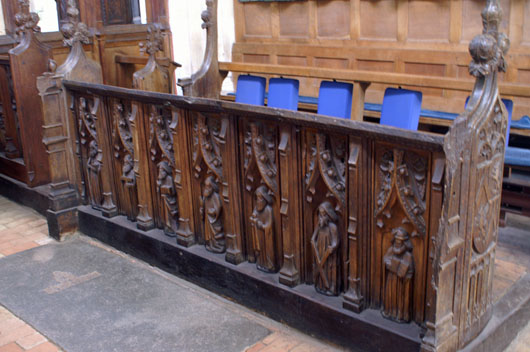 |
|||
 |
|||
|
|
||||||||||||||||||||||||||||||||||||||||||||||||||||||||||||
|
|
||||||||||||||||||||||||||||||||||||||||||||
|
|
|
The Poppy Heads - all Life is Here |
 |
|||||||
 |
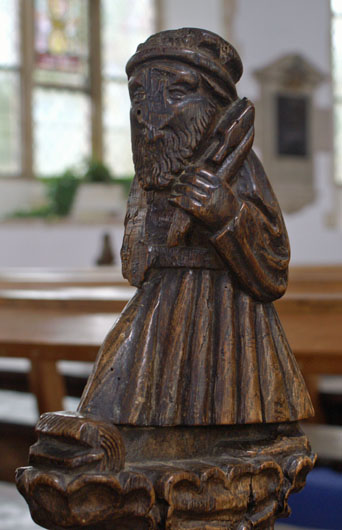 |
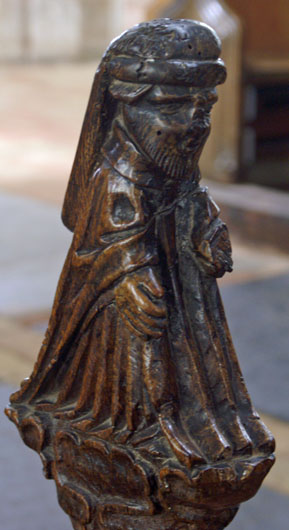 |
|||||
|
|
|
||||||||||||||||||||||||||||||||||||||||||||||||||||||||||||||||||||||||||||||||||||||
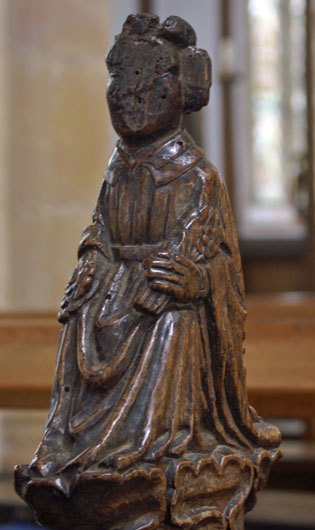 |
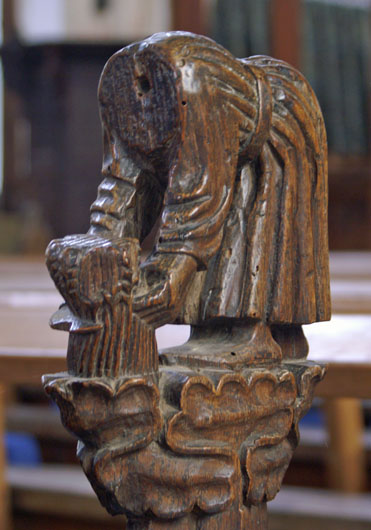 |
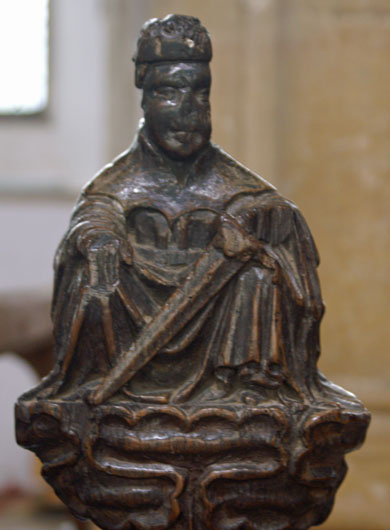 |
|||||
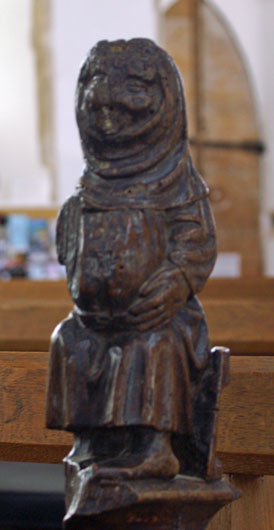 |
|||||||
|
|
||||||||||||||||||||
 |
|
So what does this all mean? It doesn’t take a genius to know there must be some meaning to these “letters”. First, the boring and most likely option: that they are the initials of a latin dedication - “Ad Honorem Jesu Beati Sanctae Trinitatis Maria Sanctae Annae Hic Kancellus Reconstructus” - or “To the honour of Blessed Jesus, the Holy Trinity, Mary and St Anne this chancel has been rebuilt”. The second is that they are initials of benefactors of the church. Better still, they may be both! |
